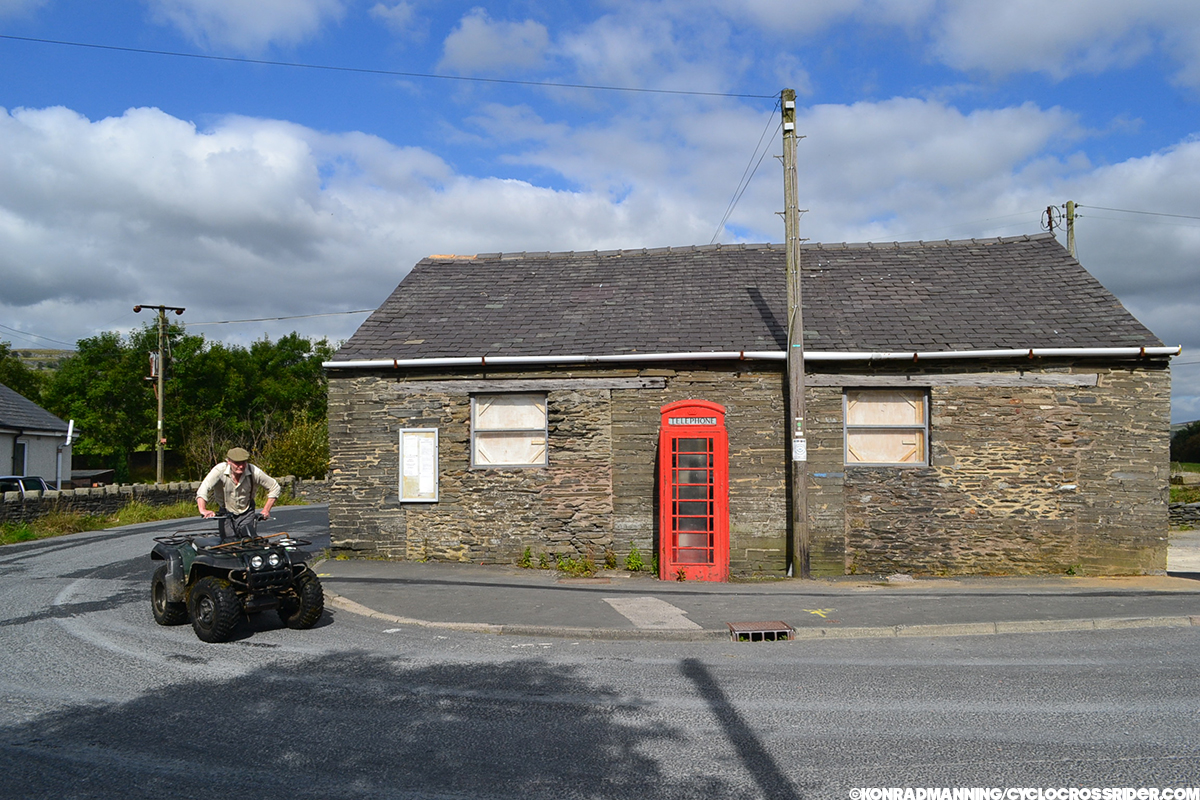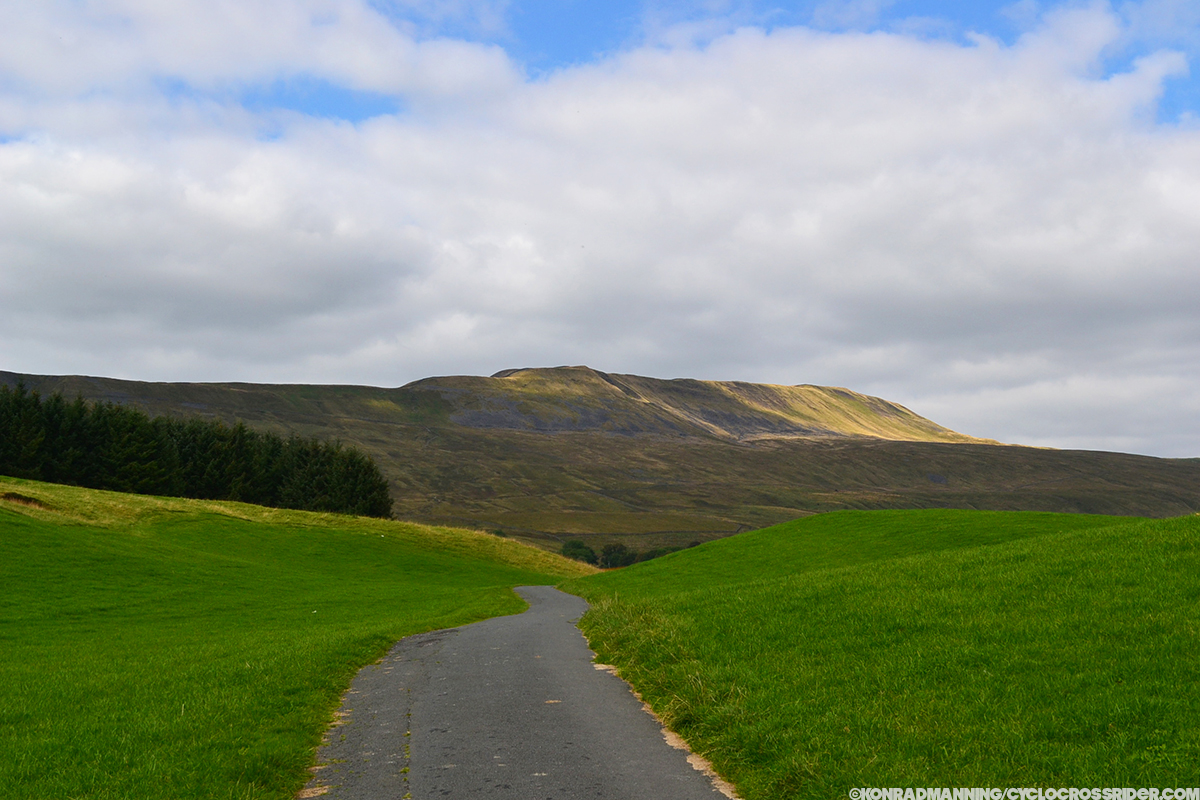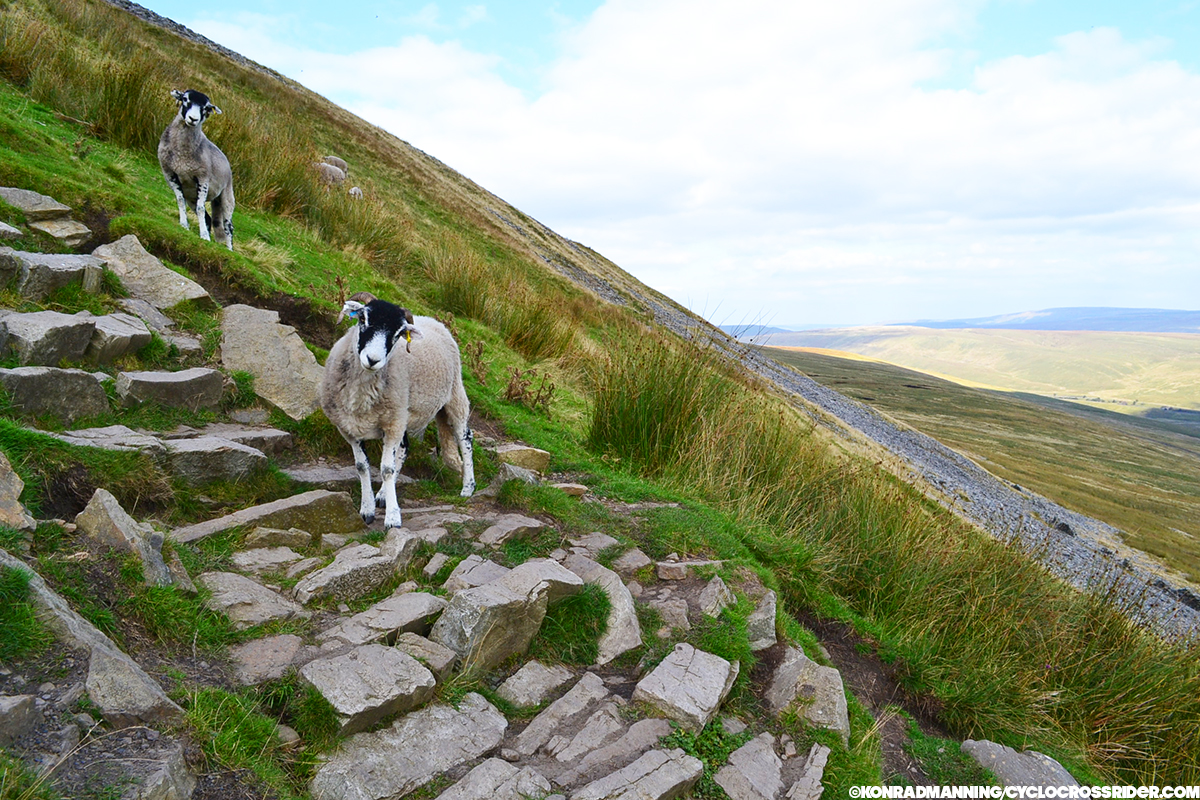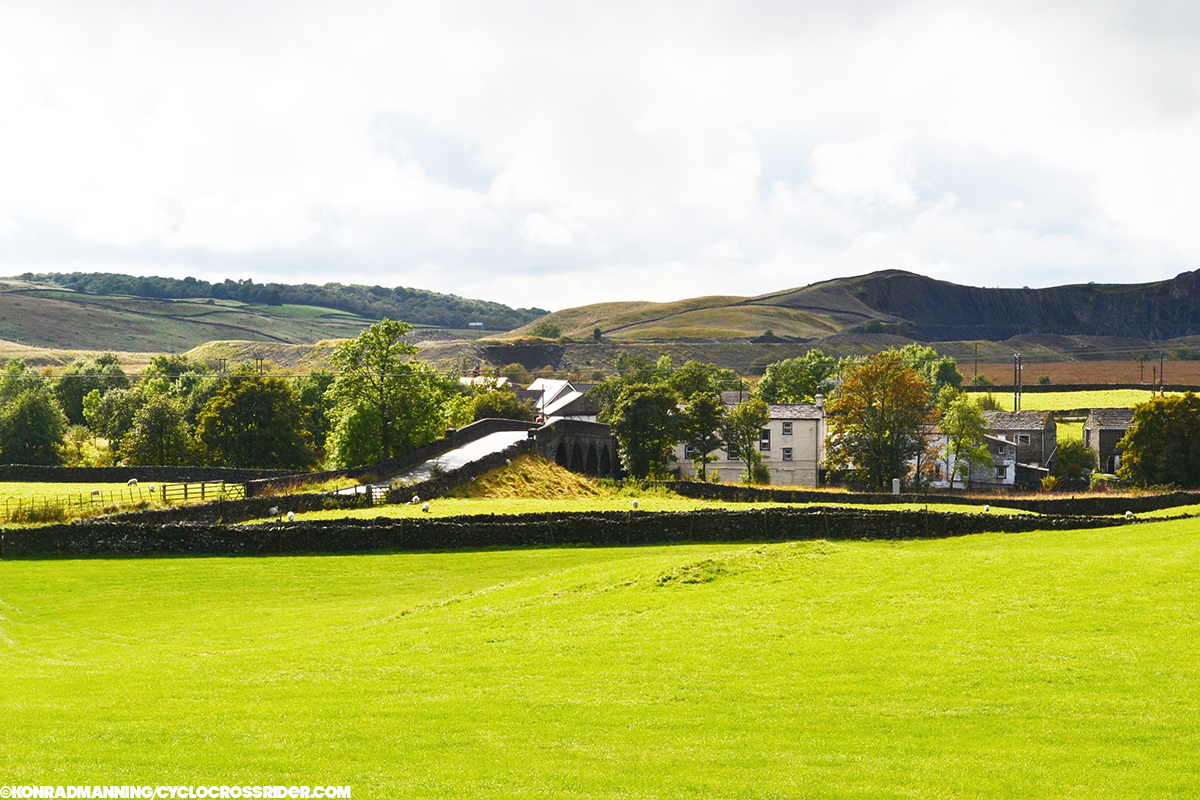I'M a racing cyclist and I wear Lycra. Why then have I just donned running shoes to run repeatedly up the biggest grassy hill I can find near to home? Why last week was I running, jogging and scrambling up three northern English mountain summits (and back down)?
The answer, of course, is that the Three Peaks Cyclocross is just around the corner and I'm tackling the race for the eighth time (six finishes and one DNF, I think).
Held in the Yorkshire Dales amidst majestic limestone upland scenery
Held in the Yorkshire Dales, amidst majestic limestone upland scenery, this famous race takes upwards of 600 competitors over the mountain tops of Ingleborough, Whernside and Penyghent, improbably aboard skinny-tyred cyclocross bikes.
The final run in to the event - billed as the world's toughest cyclocross race - is the period most full of doubt, apprehension and soul searching. Even an experienced 'Peaks' racer cannot afford to take the race lightly as it will viciously expose any weakness in your fitness or race machinery.
 The start line in Helwith Bridge, Yorkshire.
The start line in Helwith Bridge, Yorkshire. The first peak Ingleborough, seen looking back from the ascent of the second, Whernside.
The first peak Ingleborough, seen looking back from the ascent of the second, Whernside.
On my first attempt, in 2003, the severe gradient of the very first off-road climb of Simon Fell highlighted an immediate flaw in my relatively casual preparation – I had not walked up a mountain in a decade and my calves began burning unbearably. In the years since that inauspicious debut I've done increasingly more running and climbing of mountains on foot in preparation for race day.
At the foot of each peak the gradient kicks up and the bike goes onto your shoulder and, once over the summits, rocky sections on the descents force most riders into taking some sweat-inducing risks.
 The second peak Whernside, probably the toughest climb of the three, has a whaleback appearance.
The second peak Whernside, probably the toughest climb of the three, has a whaleback appearance. The rough path up Whernside is more suited to the local Swaledale sheep.
The rough path up Whernside is more suited to the local Swaledale sheep.
The road riding sections between the summits are spent feeding and following wheels, where possible, and the real business, in this most English of events, takes place on the mountain sides. Off-road descending on a 'cross bike is about seeking out the right lines and executing them as fast as seems slightly insensible, or nerve will allow. It's largely something you are either good at or less good at.
I'm convinced, therefore, that the ascents are the parts of the race that should be worked on and trained for the most. A goodly part of this unique race is spent walking up rocky mountain paths or near vertical grassy slopes with your bike perched on your shoulder.
 The third and final peak Penyghent, here seen looking back from the initial climb of the first, Ingleborough.
The third and final peak Penyghent, here seen looking back from the initial climb of the first, Ingleborough. Journeys end: the finish line back at the Helwith Bridge Inn.
Journeys end: the finish line back at the Helwith Bridge Inn.
This year I am slightly underprepared with barely any hill reps under my belt. The mountains have already been climbed on foot though, so bring on race day.
Martin 'Ginger' Garwood, a London plumber, was third in the inaugural Three Peaks race in 1961, “We do a bit of riding down there you know, but this is different. It's more of an endurance test," he said at the time. When asked if he would return to race the following year, he replied, “That'll need a bit of thinking about." The Three Peaks, as Ginger realised, is a serious undertaking, not to be underestimated and certainly the most unusual of cyclocross races.
We'll have more on the Three Peaks race in the coming weeks.
 This is adapted from an article first published on www.rapha.cc in 2011.
This is adapted from an article first published on www.rapha.cc in 2011.
© All photos: Konrad Manning/cyclocrossrider.com